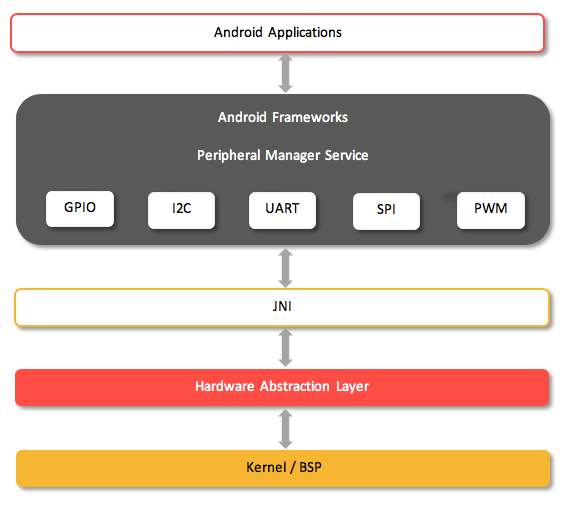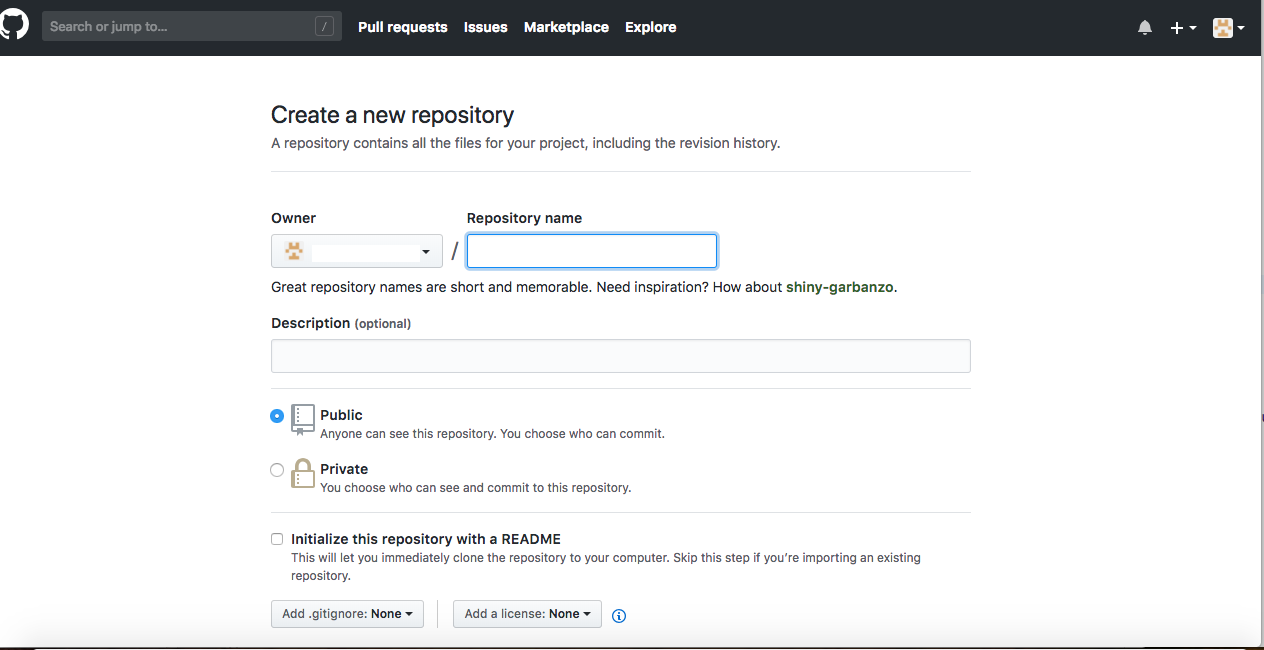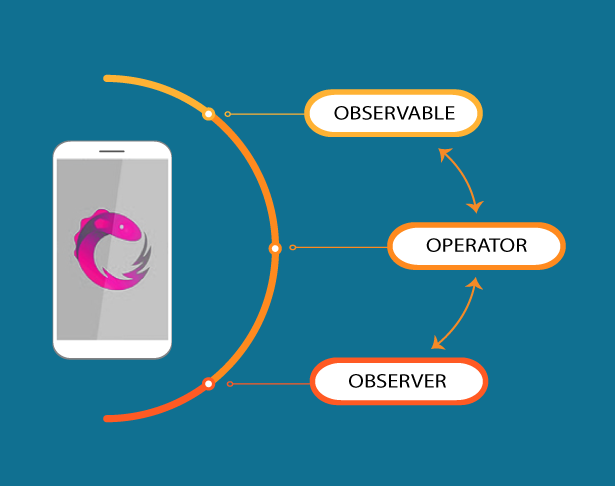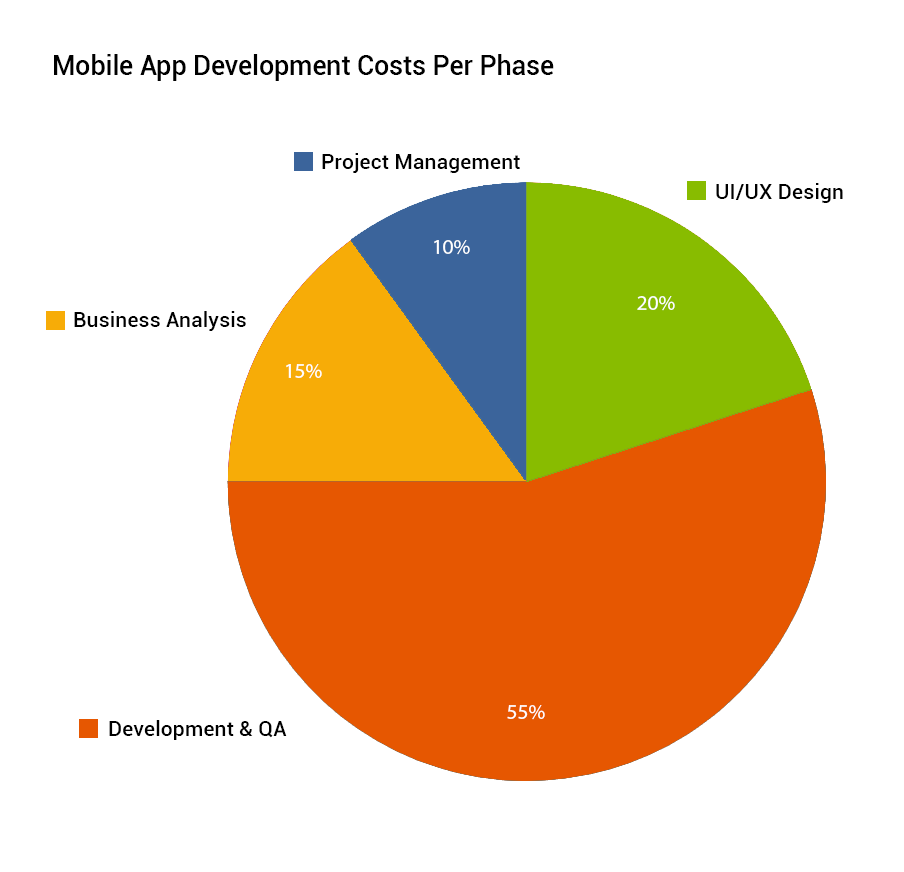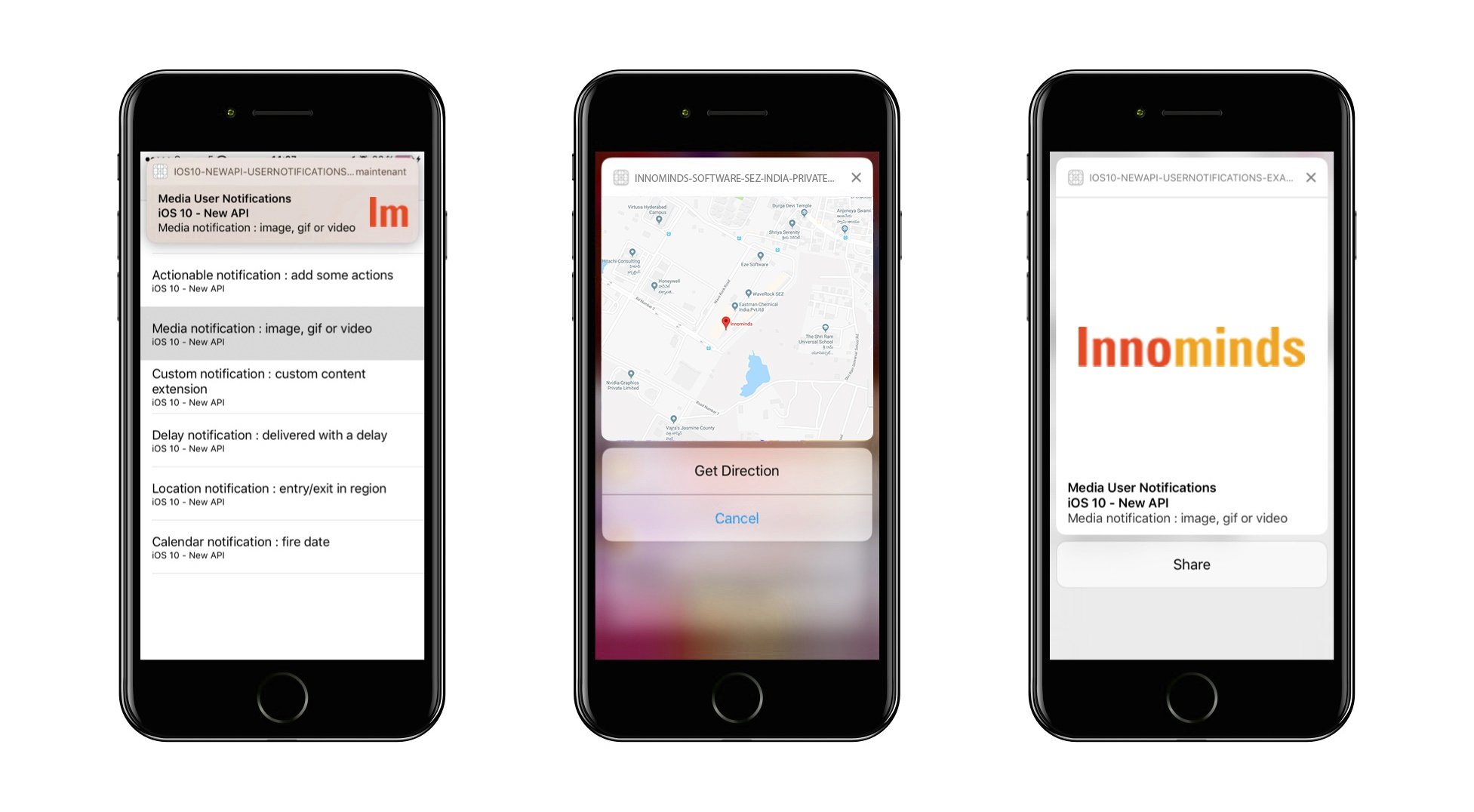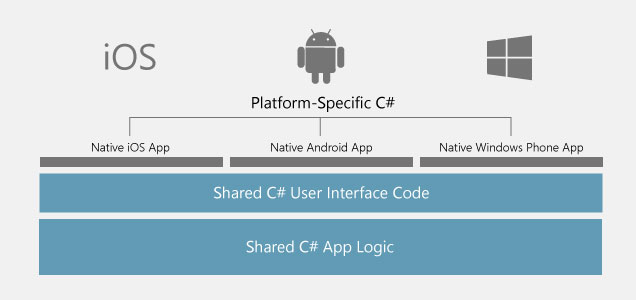With the abrupt increase in the development methodologies for mobile app development, it has become challenging to choose the right method to develop an application. The current market has plenty of frameworks, technologies, and approaches with a varied number of languages to work and complete that niche mobile app idea.
Innominds Blogs About Latest Software Technologies | Innominds Blog | Mobility (3)
Nowadays, we are listening the word IoT in technical industry quite often and it has become a revolution in technology. IoT in manufacturing could generate a lot of business value that will eventually lead to Fourth Industrial revolution that is also known as Industry 4.0.
Enhance Development Experience Using Android Tools Attributes
Every year at I/O, Google reveals extensive quality features to make developer’s life easy and assist them in building quality applications. Last year, at I/O 18, Google introduced new Android Studio Tool features to review design changes at compile time. In this article, we will go through some of those design-time features. Tools Attributes
Android Peripheral SDK: Control Peripherals Using Android App
Introduction Have you ever imagined using an Android app to send data over UART, read data from an I2C device address or even to control motor orientations through PWM lines? Well, you might be imagining of GPIO and SPI. You are right, that’s possible, too. We will touch upon the basics of GPIO, UART, I2C, SPI, and PWM peripherals in the next section.
How To Create Your Own Pod
Pod is a dependency manager, which supports more than 3900 libraries, both in Swift and Objective-C. Many of developers building apps via MacOS or any of the Apple platforms are aware of CocoaPods. Pods help developers reduce the fuss of adding dynamic code manually, linking them to the current project, adding them as dependencies and various other tedious processes that each framework or a
In the current market environment, Reactive is a niche word. It is a concept wherein elemental changes on the UI are driven by the changes in the data by binding, observing or scheduling to listen to these changes. We have always wondered what’s Reactive and have made our hands dirty with the Reactive programming in mobile. It turned out to be really interesting and we understood that it can be
Building Cost Effective Enterprise Mobile Applications
Mobile apps, designed to run on smartphones like Android or iOS-based phones, are ubiquitous in today’s enterprises. Every enterprise wants to build one or needs one. However, not everyone knows what it costs, or the efforts involved in building it.
User Interaction On Notifications Made Simple and Flexible With Rich Notifications In iOS
Introduction Notifications have become trendier with the new visual refresh in iOS 10. As part of a new framework, Apple has introduced new features that help us make notifications that contain images, sound and video.
Introduction to Custom Renderers Xamarin assists in delivering native Android, iOS and Windows apps with a single shared .NET codebase. However, controls look different on different platforms. Example: TextBox as shown below Xamarin.Forms exposes a complete cross-platform UI Toolkit for .NET developers. This UI Toolkit renders UI controls as per native platform design. When someone is developing
Automatic Build Generation for Android / iOS Builds and Uploading to HockeyApp through Script File
Xamarin Automatic Build Generation for Deployment Xamarin lets you deliver native Android, iOS, and Windows apps with a single shared .NET code base.
Categories
- Quality Engineering (45)
- Mobility (35)
- Cloud & DevOps (27)
- Connected Devices & IoT (23)
- Big Data & Analytics (22)
- Design UX & UI (18)
- Technology (12)
- Healthcare (10)
- Cloud (6)
- Digital Products & Applications (6)
- App Development (4)
- Blockchain (4)
- Enterprise Security (4)
- Platforms and Solutions (4)
- Solutions (4)
- ArtificiaI Intelligence and Machine Learning (3)
- Connected Devices and IoT (3)
- Software Products and Digital Engineering (3)
- medtech (3)
- Construction (2)
- Insider (2)
- Product Engineering (2)
- Rapid Application Development (2)
- AI Agent (1)
- Cloud & FinOps (1)
- Computing (1)
- DevOps (1)
- Low code app development (1)
- Pharma (1)
- QA (1)
- Six Easy Steps to Create Android Instant Apps (1)
- digital products and applications (1)
- retail (1)
Authors
- Innominds (78)
- Sairamprabhu Vedam (22)
- Cami Zimmer (10)
- Mahalingam Murali Iyer (8)
- Nabendu Kumar Biswas (7)
- Durga Prasad Moganty (5)
- Naresh Kumar Devalapally (5)
- Karthikeya Koppuravuri (4)
- Venkata Sujatha Tokala (4)
- Srikanth Voonna (4)
- Kishore Kumar Vangala (3)
- Karthik V Pedamallu (3)
- Krishna Prakash Narasannagari (3)
- Dharma Sagar Pathaneni (3)
- Siri Appaneni (3)
- Pradeep Chakravarti Gudipati (2)
- Satyanarayana Ponugupati (2)
- Ananda Rao Vemula (2)
- Admin (2)
- Lakshmi Achanta (2)
- Ravi Kumar Meduri (2)
- Krishna Teja Kesineni (2)
- Venkata Ratna Sowri Kumar Nimmakayala (2)
- Prashanth Reddy (2)
- Chandrashekar Rao Veerapaneni (2)
- Sai Krishna Kishore Beathanabhotla (2)
- Manimala Gudi (2)
- Deepthi Muramshetty (2)
- Venkatesh Gottipati (2)
- Raju Porandla (2)
- Rakesh Reddy Ponnala (2)
- Kali Prasanna Mishra (2)
- Karthik Reddy Mudda (2)
- Ananda SMP Sarma Damaraju (2)
- Sai Kishore Kandukuri (1)
- Narendranath Reddy Thota (1)
- Umasankar Annapareddy (1)
- Tushar Tyagi (1)
- Shalini Veeramreddy (1)
- Bharat Gupta (1)
- Sanjeev Saha (1)
- Santosh Kumar Gajawada (1)
- Silpa Chennupati (1)
- Srirama Chandra Murthy Garimella (1)
- Subbarao Mohan Ganga Karuna Surya Talla (1)
- Aruna Kumari Yarra (1)
- Srinivasulu Dommaraju (1)
- Saketh Gargeya Katakam (1)
- Varahala Babu Doddi (1)
- Kevin Surace (1)
- Subrahmanyam Bandepalli Venkata (1)
- Sindoora Akula (1)
- Vikas Vivekananda Hiremath (1)
- Arun Kumar Simhadri (1)
- Kedar Gajanan Joshi (1)
- Soumya Bhattacharya (1)
- Jeevan Jyothi Annapolla (1)
- Praveen Gaddam (1)
- Rajesh Pothina (1)
- SB Sampath Kumar Palati (1)
- Hari Kumar Mutyala (1)
- Sunita Patel (1)
- Phani Kumar Gajula (1)
- Annu Singh (1)
- Praveen Kumar Miriyala (1)
- Sathish Kumar Kondi (1)
- Ashay Neema (1)
- Suresh Basavaraj Hachadad (1)
- Jagannath Sarma Velivela (1)
- Rama Krishna Yelagala (1)
- Sameer Hadnoorkar (1)
- Teja Sree Marthy (1)
- Govardhan reddy Regalla (1)
- Goldy Lukka (1)
- Raghu Chandra Katikeri (1)
- Srikanth Gajula (1)
- Rajesh Kantipudi (1)
- Venkata Sreerama Sastry Durvasula (1)
- Mahesh Jawadi (1)
- Anur Ram Puniyani (1)
- Vipin Gulati (1)
- Gautham Pallapa (1)
- Yazna Kumar Vemuri (1)
- Ravi Kulkarni (1)
- Ram Kishore Yerubandi, (1)
- Pallavi Naramsetty (1)
- Hanumantha Rao Chintanippula (1)
- Siddhartha Venkata Rajeswari Krishna Pasupuleti (1)
- Sridhar Vangapandu (1)





